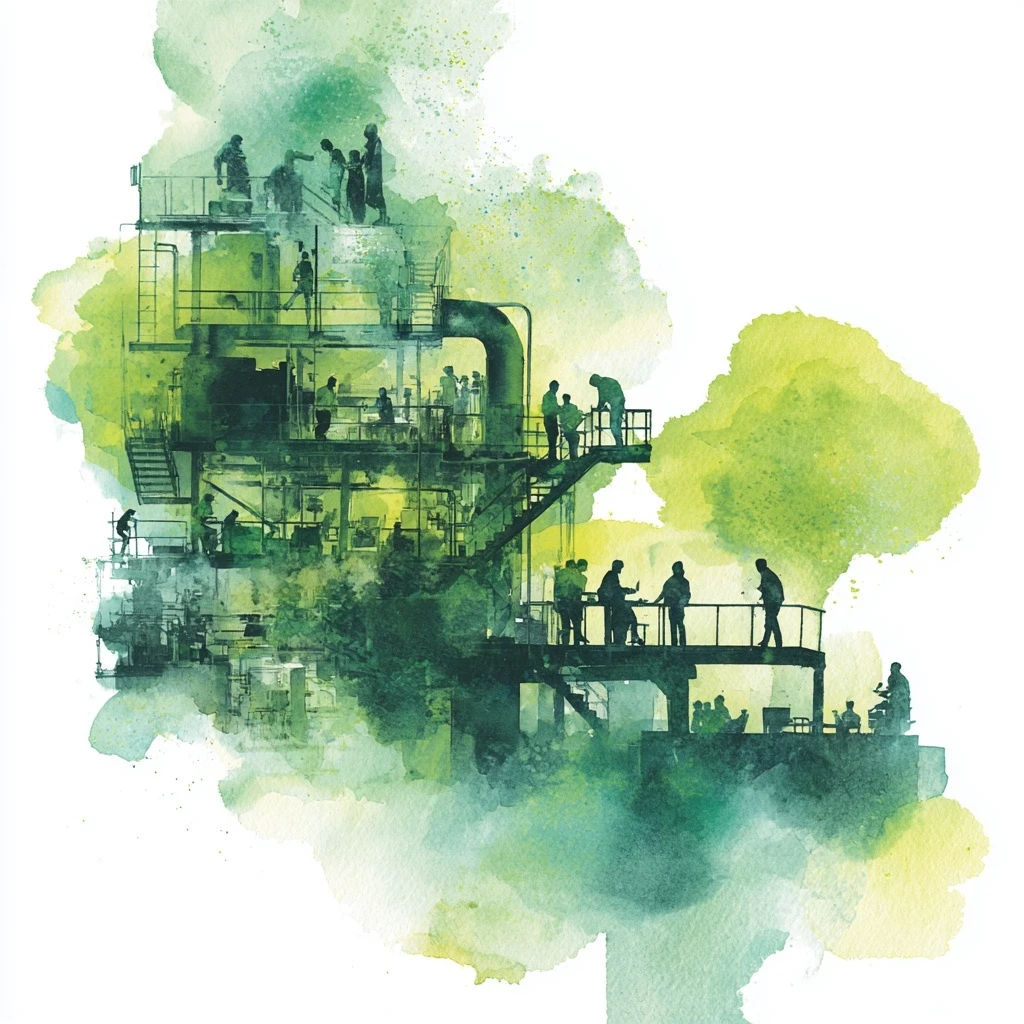AECOM’s GPO Journey: Lessons on Stakeholders, Governance and Influence
Add bookmark
Any great journey begins with a vision. Our vision began four years ago when we set out to transform our Global Business Services organization from a very standard, functional support structure services group to an end-to-end process, customer centric, and quality driven team committed to making a difference for our customers. While we didn’t do this alone, our success can mainly be attributed to our Global Process Owners (GPOs) leading the change in the process and owning the outcomes.
Taking Our Stakeholders With Us
Having a vision of where you want to go isn’t enough. It requires intentional, relentless attention to your key stakeholders. In the case of GBS at AECOM, we were very deliberate in setting a governance model that delineated an agenda across three areas:
- our Service Delivery Centers, which deliver on our services
- Process Councils, which manage decisions around our end-to-end processes, and
- the Governance Review Board, which sets the strategic direction for GBS and ensures we have Executive Sponsorship to enable our vision to become a reality.
This level of governance and engagement has paved the way to inspire other Executive Leaders to engage in the art of the possible and create a desire for similar governance structures across the organization.
As part of our journey, we delivered on a transformation program – “One Best Way” – to standardize our processes globally, create efficiencies and streamline how we provide value to our customers. The most effective way we have found to ensure we retained our new ways of working was to establish a Global Process Ownership Model. Global Process Owners fall under the GBS heads of our three primary service Lines: Finance, HR, and Supply Chain. They are responsible for the end-to-end processes for our Record-to-Analyze, Order-to-Cash, Project Accounting, Source-to-Pay (which includes a GPO for Source-to-Cash and one for Invoice-to-Pay) and Hire-to-Retire (which includes a GPO for HR and one for Payroll).
We also have more than 10 additional service lines (IT, Marketing, Legal, Remote Executive Assistance, Quality, Safety, Audit, etc.) managed by service delivery managers. However, these do not have a GPO, so it then falls under General Management to fill this gap. We see this expanding in the future as volume and influence grows in these service lines.
These Councils work with a variety of key stakeholders, our PMO and Transformation Office, as well as our Service Management organizations to address all the agenda items. They are executed upon in partnership with regional leaders who come together as part of our Process Councils to discuss, collaborate, and align to any recommended changes.
In the early stages of the governance model, transformation and program management were core to these discussions. The program cadence meetings transformed into Process Council meetings and the agenda expanded to other topics such as customer satisfaction, service levels, transition updates and future service placement topics.
The benefits we have found as part of the end-to-end process ownership model include greater visibility, accountability, and collaboration with the business to an extent never experienced before. This also provides greater transparency in upstream and downstream processes and allows our expert services to influence and drive changes along the full end-to-end process, irrespective of who owns that piece of it. In turn, our stakeholders are invested and committed to maintaining “One Best Way” because we took them along the journey with us.
As a result of taking hold and controlling the process, it has provided an opportunity for us to expand our service offering to expert services outside of GBS as well as invest in innovation and talent to broaden our purview.
Our Customers Are Our Most Important Stakeholders
Our AECOM vision is to deliver a better world, and for us in GBS, this means we have a vision to deliver a better world for our internal customers. How we do this is through a mixture of building subject matter expertise, both depth and breadth, as well as building strong relationships in the trenches with stakeholders throughout the organization. We are driven by the voice of the customer to continuously measure, assess and improve the quality of our services through data collection and, more importantly, feedback loops to reinforce our partnership with the business.
Selecting the Right Level of Seniority and Influence Will Make All the Difference
When we established the Global Process Ownership Model, we took a strategic approach. In the early days, we reviewed the business landscape to identify talent that was influential and well respected within the business. We found the most influential person in the process and enticed them to become the Global Process Owner.
If there is someone in the organization that is either relevant via their title and position, or a natural leader who influences stakeholders, you need to pull them in if you want to drive end-to-end process change. If they are already in that title and position, this is a natural fit. If they aren’t, this deputizes and empowers them into a Global Process Ownership role, removing internal conflict and the tension that comes from a feeling of job insecurity that can stifle change. By embracing them and bringing them into the GBS organization, it mitigates resistance and any feelings of loss of control and power.
We also supported the GPOs with program management and continuous improvement teams. Combining the influence of the GPOs with the discipline and tools that a PMO brings has been a critical success factor.
In conclusion, our Global Process Ownership model is working well. In the past year, we have successfully managed to retain our new ways of working in “One Best Way” and we’ve inspired leaders in our business to recommend other departments follow our Governance model – all while maintaining focus on customer delivery excellence and customer centricity.
This article is extracted from SSON Research & Analytics’ Research Insight Report Series – End-to-End Process Integration and Optimization: the [Critical] Role of the Global Process Owner. Download the report here.



























